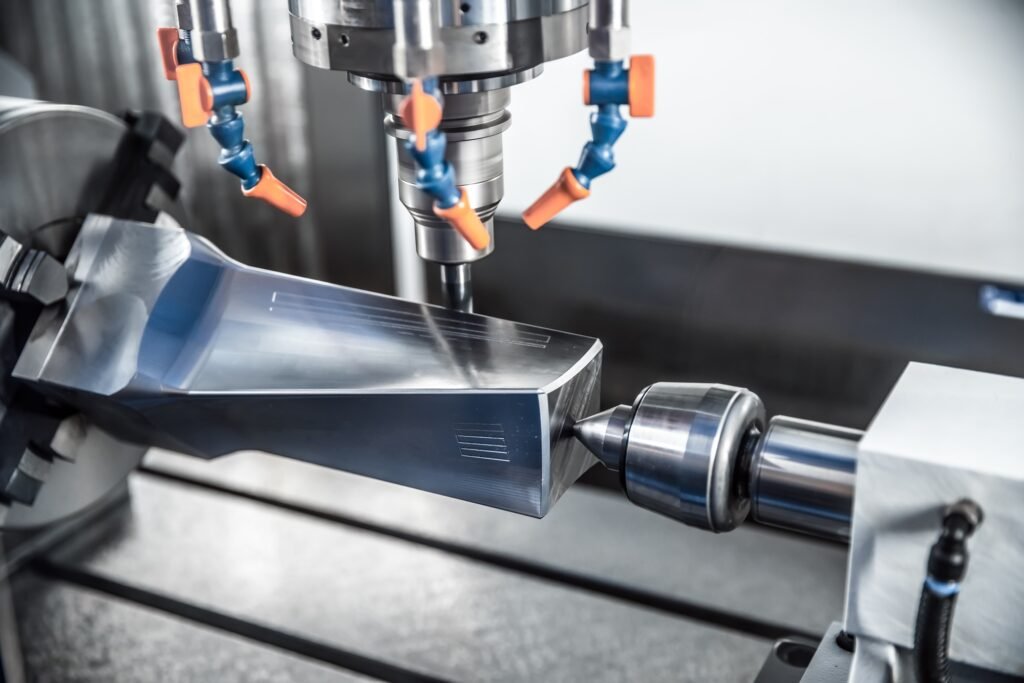What is CNC Machining?
CNC (Computer Numerical Control) machining is a manufacturing process where pre-programmed computer software dictates the movement of factory machinery and tools. Unlike manual machining, CNC automates cutting, drilling, milling, and turning with high precision and repeatability.
How Does CNC Machining Work?
The process begins with creating a digital design (CAD model). This design is then converted into a CNC program (G-code), which instructs machines on specific movements, toolpaths, and cutting speeds. CNC machines operate on multiple axes (usually X, Y, Z), enabling them to craft complex parts with tight tolerances.
Benefits of CNC Machining:
- High Precision & Accuracy: CNC machines can achieve tolerances as tight as ±0.001 inches.
- Consistency & Repeatability: Once programmed, CNC can reproduce identical parts with zero variation.
- Efficiency & Speed: CNC automates operations, reducing production time significantly.
- Complex Geometries: Capable of producing intricate designs that are impossible or impractical with manual machining.
- Reduced Labor Costs: Minimizes the need for manual intervention, lowering long-term labor expenses.
- Material Versatility: Suitable for metals (aluminum, steel, titanium), plastics, composites, and more.
Common Applications of CNC Machining:
- Aerospace: Turbine components, structural frames, precision fittings.
- Automotive: Engine parts, gearboxes, custom prototypes.
- Medical Devices: Surgical instruments, orthopedic implants.
- Electronics: Housings, connectors, heat sinks.
- Industrial Equipment: Molds, dies, custom tooling.
Conclusion
CNC machining stands as a backbone of modern manufacturing, offering unmatched precision, scalability, and versatility. As industries demand higher quality and faster turnaround times, CNC continues to evolve, playing a critical role in global production systems.


